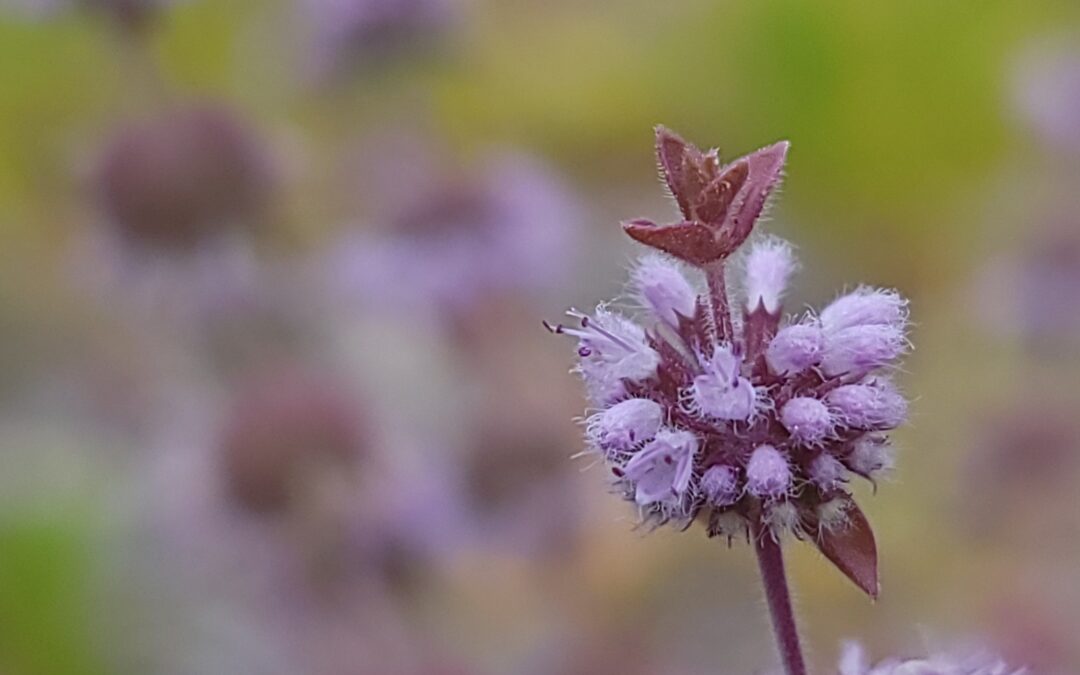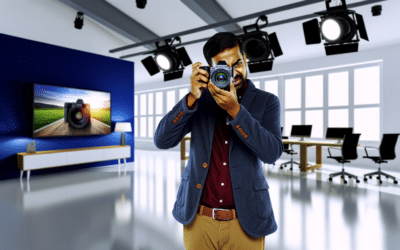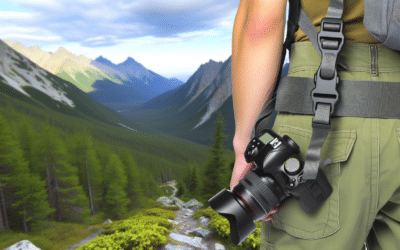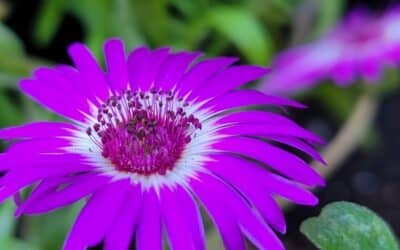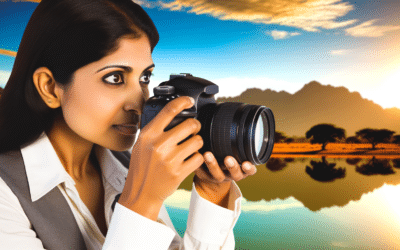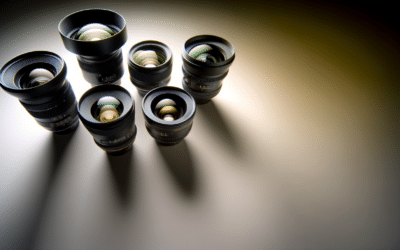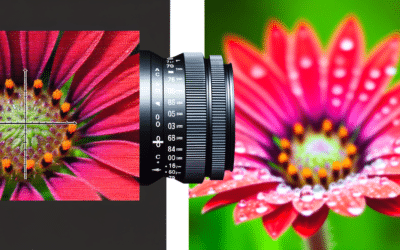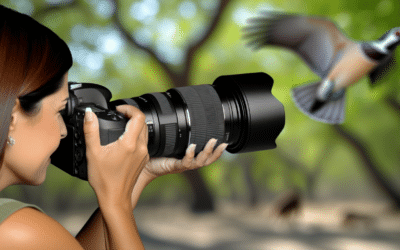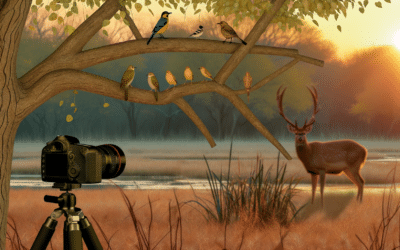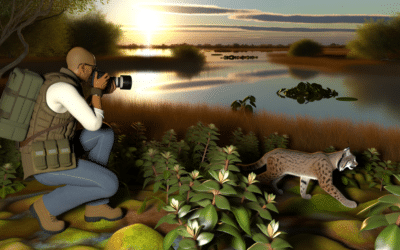Flower photography is a popular genre that many photographers enjoy. One of the biggest debates in this field is when to use a wide-angle versus a telephoto lens for close-up flower photographs. Both types of lenses have their benefits and drawbacks, so it’s important to understand when to use each one to capture the best possible images.
Wide-angle lenses are typically used for landscape photography because they capture a wide view of the scene. However, they can also be used for close-up flower photography, especially when you want to capture the entire flower and its surroundings. A wide-angle lens will allow you to include more of the environment in your shot, giving your image a sense of place and context.
When using a wide-angle lens for close-up flower photography, you will need to get close to the flower to capture the details. This can be challenging because wide-angle lenses have a wide depth of field, which means that everything in the frame will be in focus. This can be both a benefit and a drawback depending on the look you’re going for. If you want a sharp, detailed image of the entire flower and its surroundings, a wide-angle lens is a good choice. However, if you want to isolate the flower and blur the background, a telephoto lens may be a better option.
Telephoto lenses, on the other hand, are designed to capture a narrow view of the scene. They are great for isolating the subject and blurring the background, which can create a beautiful, dreamy effect. When it comes to flower photography, a telephoto lens can be used to capture the details of the flower up close while blurring the background to create a sense of depth.
When using a telephoto lens for close-up flower photography, you will need to stand farther away from the flower to get the desired framing. This can be beneficial because it allows you to capture the flower without disturbing it. Telephoto lenses also have a shallow depth of field, which means that only a small portion of the image will be in focus. This can be used to create a beautiful bokeh effect in the background, which can make the flower stand out even more.
Ultimately, the decision to use a wide-angle or telephoto lens for close-up flower photography comes down to personal preference and the look you’re going for. If you want to capture the entire flower and its surroundings, a wide-angle lens is a good choice. If you want to isolate the flower and create a sense of depth, a telephoto lens is a better option. Regardless of which lens you choose, be sure to experiment with different angles, compositions, and lighting to capture the most stunning flower photographs possible.
Nikon Z9 review: a DSLR-like stills/video monster
The Nikon Z9 is a groundbreaking 45.7MP full-frame mirrorless camera designed for professional sports photography. It boasts a...
Rural Travels with the Nikon Z9. My Full Review. |
Steve Huff shares his comprehensive experience with the Nikon Z9 camera, highlighting its exceptional capabilities as a hybrid...
Top 5 Exciting New Cameras for 2024
Camera technology, particularly mirrorless models, has seen significant advancements, with the latest releases showcasing...
The Best Camera Strap for Hiking and Backpacking
Carrying a DSLR camera with a traditional neck strap while hiking can be cumbersome, causing neck discomfort and camera swing....
Best Camera Strap for Hiking
Welcome fellow explorers and shutterbugs! If you’re seeking the ‘Best Camera Strap for Hiking’, you’re in the right place. Just...
22 Landscape Photography Tips for Beginners
The Essence of Landscape Photography The allure of landscape photography extends beyond picturesque sunsets and vibrant foliage;...
A Guide to Filters for Lenses
Lens filters serve a dual purpose: they protect the camera lens and enhance image quality. Basic filters include ultra-violet...
What Type of Lens to Use for Specific Situations
The lens is a crucial component of a camera, significantly impacting image clarity, color, and detail. In contrast to fixed...
How To Get Up Close With Close-Up Lenses
An Overview of Close-Up Lenses For those seeking a cost-effective and straightforward method for capturing detailed images of...
10 Best Lenses for Wildlife Photography (2024)
The Sony FE 70-200mm f/2.8 GM OSS II lens represents a significant improvement over its predecessor, offering a lighter design...
20 Essential Tips on Wildlife Photography for Beginners
Entering the realm of wildlife photography can be an intimidating endeavor. Wildlife photographers often find themselves in...
Nature Photography 101
Nature photography is not only an enjoyable hobby but also a means to contribute to conservation efforts. Enthusiasts like David...
